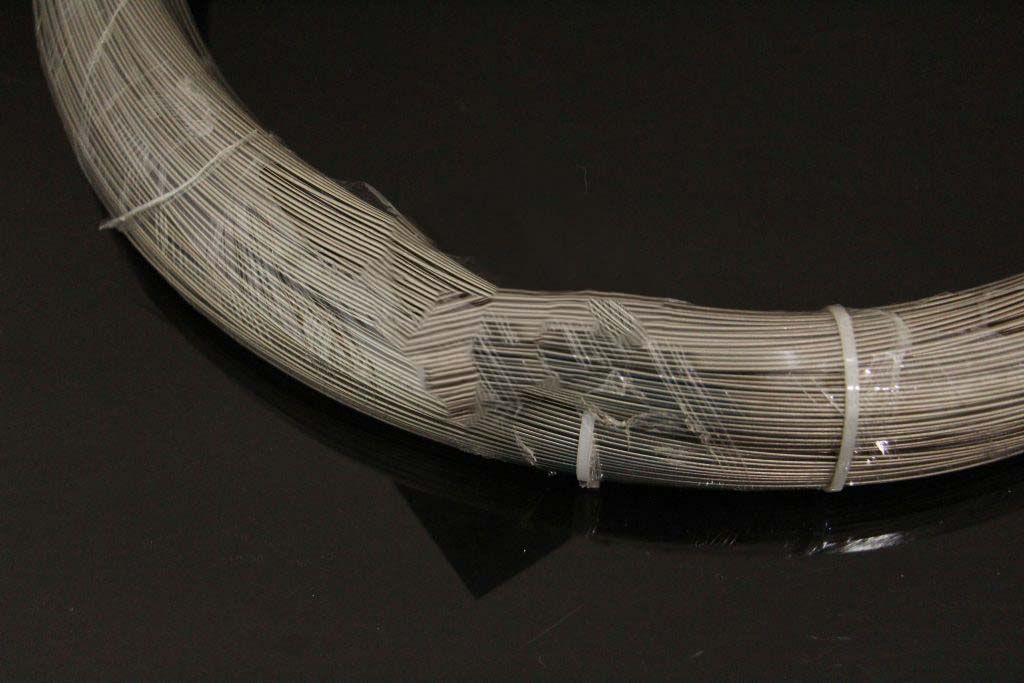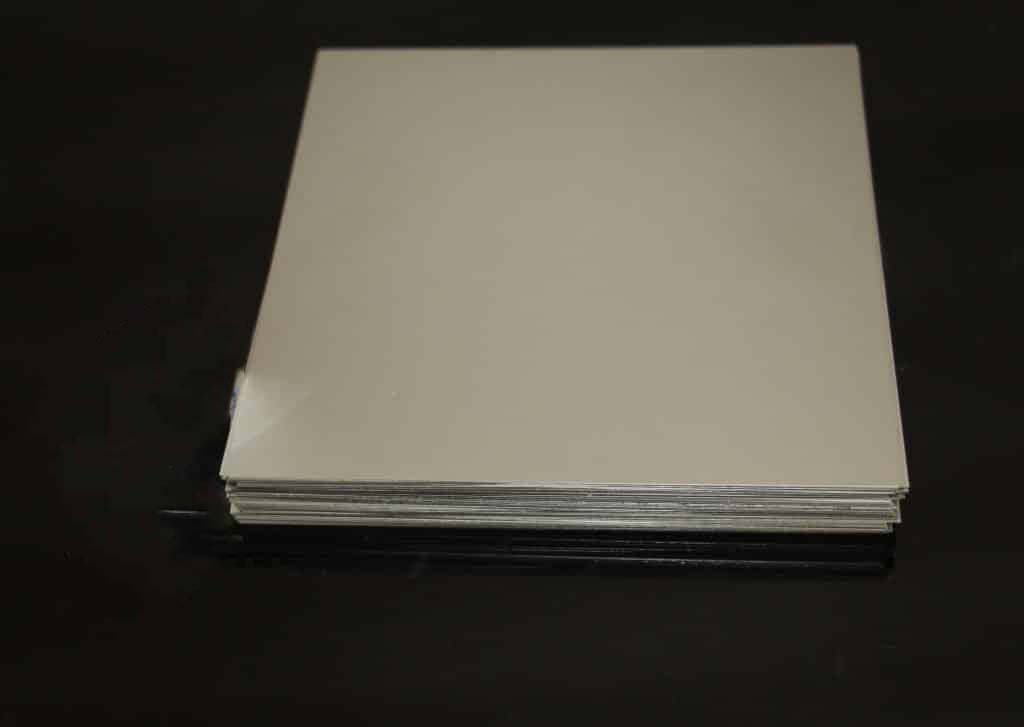Although many nitinol applications are not well-known to the public, some applications are quite routine and familiar.
The spectacle frame made of Nitinol severely deformed and then returned to normal. Similarly, a few years ago, when mobile phone antennas were made of Nitinol, they could bend without breaking or permanently bending.

Another superelastic application of Nitinol is for orthodontic archwires. The orthodontist uses fixed nitinol wire to fix the teeth. Since the wire is super-elastic, it will try to restore its straight state and continue to exert force on the teeth. This can reduce frequent visits to orthodontists to tighten braces.
Many little-known applications use Nitinol’s shape memory function. A well-known computer manufacturer used Nitinol equipment to eject PCMCIA cards. In addition, Nitinol is also used to connect the end of the aircraft hydraulic tubing. Nitinol can make the magic shop spoon bend in hot water also because of its shape memory function
Nitinol’s superelasticity and biocompatibility make it an ideal choice for manufacturing a variety of medical devices implanted in the human body. For example, a stent is a device that supports blood vessels and keeps them open. Nitinol’s superelasticity can compress medical devices, such as stents or heart valves, into a shape that fits inside the catheter. Place the catheter in the correct position in the body, release the device, and then restore its original shape. Its superelasticity makes Nitinol the only material suitable for stents in the neck and carotid arteries or legs. In these vulnerable locations, a blow to the stent area will cause it to deform, but the Nitinol stent will return to its intended shape. Brackets made of other materials may be crushed or permanently bent by this impact.

Surgical instruments and components made of Nitinol can meet many needs, especially in minimally invasive or arthroscopic surgery. These can utilize the superelasticity and fatigue resistance of Nitinol. Tools with elbows can be straightened and inserted through casings and rigid tubes. When it comes out of the casing, the tool will return to its original shape. The surgeon performs this procedure, then retracts the tool into the cannula and straightens it again to facilitate disassembly.
With the development of technology, Nitinol Titanium will also be applied in a wider and more delicate field, we will wait and see.
